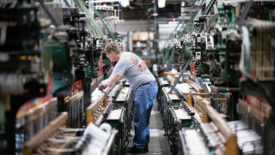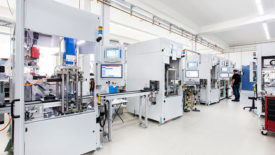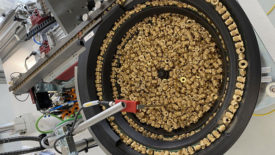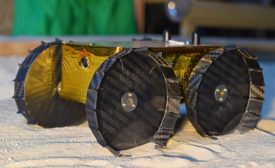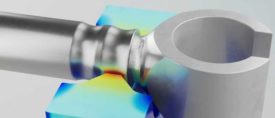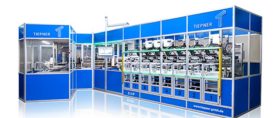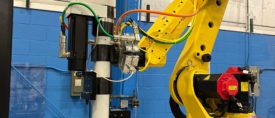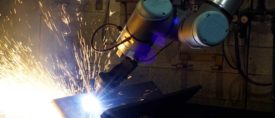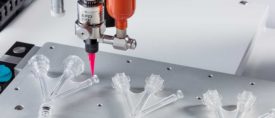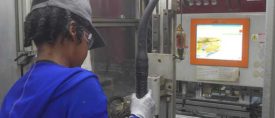Home » assembly machine
Articles Tagged with ''assembly machine''
Magnetic Pulse Welding for EV Assembly
The electric vehicle revolution is generating new interest in an old technology: magnetic pulse welding.
July 12, 2023
Optimizing Work Cells for Press-fit Assembly
There are many ways to boost productivity in pressing operations.
June 27, 2023
Semiautomatic Welding Cells
Not all welding applications need to be fully automated.
June 26, 2023
Options for Semiautomatic Dispensing
Handheld, powered dispensers provide the answer to many assemblers’ needs.
June 26, 2023
Best Practices for Semiautomatic Screwdriving
The cost of fasteners is often not as important as the cost of installing them.
June 25, 2023
Never miss the latest news and trends driving the manufacturing industry
Stay in the know on the latest assembly trends.
JOIN TODAY!Copyright ©2024. All Rights Reserved BNP Media.
Design, CMS, Hosting & Web Development :: ePublishing
